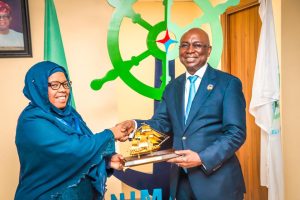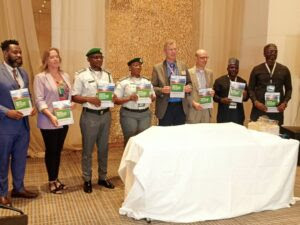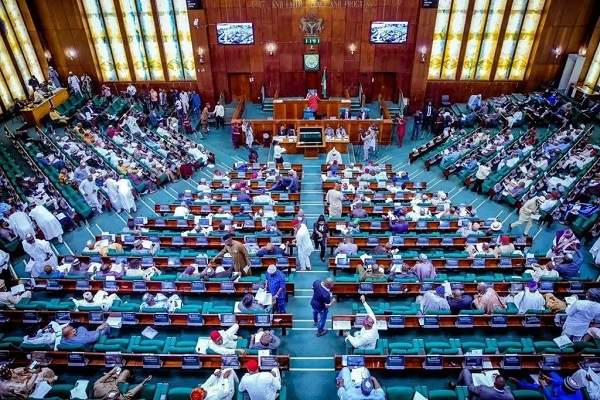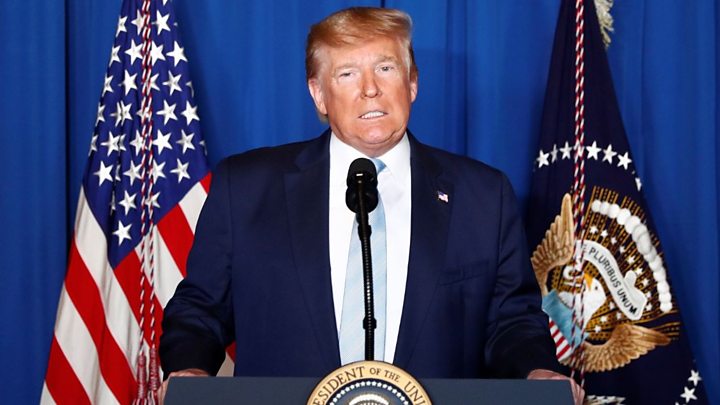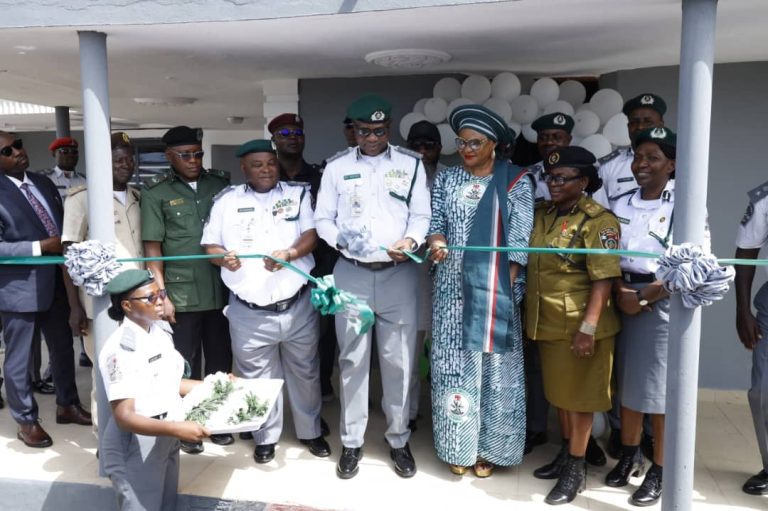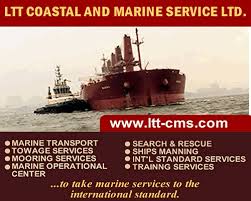…As China joins 20 most innovative economies; US falls to No. 6***
US President Donald Trump is set to meet other Nato leaders
for potentially fractious talks at a summit in Brussels shortly.
Ahead of his visit, Mr Trump hit out at the EU on trade and at his Nato allies for failing to spend enough on defence.
He was met with a sharp rebuke from European Council President Donald Tusk, who accused the president of criticising Europe “almost daily”.
“Dear America, appreciate your allies, after all you don’t have that many.”
Mr Tusk added that the EU spent more than Russia on defence, and as much as China.
He said the US did not and would not have a better ally than the EU, reminding the president that European troops had also fought and died in Afghanistan after the 11 September 2001 attacks on the US.
For his part, President Trump predicted that the Nato meeting could be harder than his summit with the Russian leader, Vladimir Putin, in Finland next Monday.
What is the defence spending row about?
President Trump has said the US is being “taken advantage of” by other members of the Nato alliance, which was set up in 1949 to counter the Soviet Union, of which Russia is the main successor state.
His main objection is that all but a handful of member states have still not increased their defence budgets to meet a goal of spending at least 2% of their annual economic output on defence by 2024.
Many countries in NATO, which we are expected to defend, are not only short of their current commitment of 2% (which is low), but are also delinquent for many years in payments that have not been made. Will they reimburse the U.S.?
Of Nato’s 29 members, just five meet that target this year: the US, Greece, Estonia, the UK and Latvia. However, several, such as Poland and France are close to the mark.
Can Nato survive Donald Trump?
What does the US contribute to Nato?
Macedonia: The country waiting for Nato’s invitation
US tariffs a dangerous game, says EU
The US currently spends more than 3.5% of its GDP on defence and pays about 22% of Nato’s running costs but European officials say just 15% of America’s overall defence spending happens in Europe on Nato business.
Why are Nato countries worried?
Previous US presidents also urged greater defence spending from European nations. However, some in Nato fear Mr Trump’s repeated blunt demands could harm morale, furthering the agenda of President Putin whom they accuse of seeking to destabilise the West.
Some have expressed fears for the future of Nato itself, and German Chancellor Angela Merkel has indicated Europe may no longer be able to rely on its US ally.
Despite that, US officials told Reuters news agency the president was expected to reaffirm US support for Article 5 of the Nato treaty, which states that an attack against one ally is considered an attack on all members.
After the Nato summit on Wednesday, President Trump will spend four days in the UK before his summit with the Russian leader.
While Mr Trump is looking to improve relations with Russia, there has been alarm at the deteriorating climate with his allies in Europe and what he might agree to with President Putin.
Mr Trump told reporters as he boarded Air Force One: “So I have Nato, I have the UK which is in somewhat turmoil, and I have Putin. Frankly, Putin may be the easiest of them all. Who would think?”
In the meantime, China joined the world’s top 20 most innovative economies for the first time while the United States fell out of the five top-ranked countries, according to a report released Tuesday by one of its co-sponsors, the U.N. intellectual property agency.
The Global Innovation Index 2018 keeps Switzerland in the No. 1 spot, followed by the Netherlands, Sweden, United Kingdom and Singapore. The United States fell from fourth place in 2017 to sixth this year, while China jumped from 22nd to 17th in the rankings.
Francis Gurry, director general of the U.N. World Intellectual Property Organization, said China’s ranking represents a breakthrough for its economy, which is rapidly transforming and prioritizing research and ingenuity.
“China’s rapid rise reflects a strategic direction set from the top leadership to developing world-class capacity in innovation and to moving the structural basis of the economy to more knowledge-intensive industries that rely on innovation to maintain competitive advantage,” Gurry said. “It heralds the arrival of multipolar innovation.”
Now in its 11th edition, the index ranks 126 economies based on 80 indicators ranging from the creation of mobile applications to education spending, scientific and technical publications, and intellectual property filing rates.
The index is sponsored by the WIPO, Cornell University’s SC Johnson College of Business and INSEAD, the graduate school of business with campuses in France, Singapore and Abu Dhabi. They say it gives global decision makers a better understanding of how to stimulate innovation, which “drives economic and human development.”
The report said “China’s innovation prowess becomes evident in various areas,” with some of its greatest improvements in global research and development companies, high technology imports, the quality of its publications, and enrollment in graduate education.
“In absolute values, and in areas such as R&D expenditures and the number of researchers, patents and publications, China is now first or second in the world, with volumes that overshadow most high income economies,” it said.
The report said that China’s rapid rise in the rankings over the last few years has been spectacular and that it shows the way for other middle-income economies, though only Malaysia, currently 35th in the rankings, continues to edge closer to the top 25.
According to the index, 20 middle and lower-income economies that perform “significantly better” than their level of development would predict made this year’s list of “innovation achievers,” including three for the first time — South Africa, Tunisia and Colombia.
Six of the achievers come from sub-Sahara Africa, the most for any region. In addition to South Africa, they are Kenya, Rwanda, Mozambique, Malawi and Madagascar.
There were five achievers from eastern Europe — Moldova, Armenia, Ukraine, Montenegro and Serbia.
The report singles out three countries that made a comeback to the achievers list this year — Mongolia, Thailand and Montenegro. In addition to Kenya, three other countries have been on the achievers list for eight years — Moldova, Vietnam and India.
At the bottom of the innovation rankings are Bolivia, Nigeria, Guinea, Zambia, Benin, Niger, Ivory Coast, Burkina Faso, Togo and Yemen.
The list of 126 nations includes three countries that climbed 10 places in the rankings: Iran from 75th to 65th, Albania from 93rd to 83rd, and Egypt from 105th to 95th. Macedonia, meanwhile, fell more than 10 spots, from 61st to 84th.
BBC with additional report from ABC


